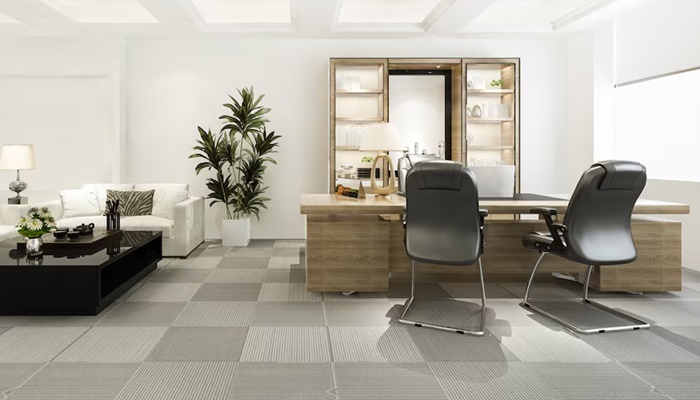Workplace design is no longer just about aesthetics or comfort—it’s a powerful driver of employee well-being and business performance. Companies that integrate ESG (environment, social and governance) priorities into their strategies are twice as likely to see a 10% revenue increase, according to a McKinsey 2023 report. And employees at organisations with strong ESG performance are 11 times more likely to stay long-term and 14 times more likely to look forward to coming to work. These figures underscore a crucial shift: a thoughtfully designed workspace doesn’t just reduce absenteeism—it enhances cognitive, emotional, and social well-being, fostering a more engaged and productive workforce.
While natural elements play a role in reducing stress, a true wellness-focused workspace must address cognitive, emotional, and social well-being. Here are some aspects to consider while creating a holistic workplace design:
Neurodiverse and inclusive design: Recognising that employees process information differently, workplaces should provide sensory-friendly zones, quiet rooms, and flexible spaces that cater to both introverts and extroverts.
Psychological safety: Spaces should promote open communication, reduce stress triggers (for example, noise, poor lighting), and foster a culture where employees feel safe to express themselves.
Agility and autonomy: Employees thrive when they have control over their environment—adjustable workstations, varied seating options, and flexible work arrangements empower individuals to choose spaces that suit their working styles.
Social connectivity: Designing for well-being means balancing solitude with community—offices should include areas for focused work, informal brainstorming, and social bonding.
Smart workspaces: Technology and sustainability are no longer optional add-ons but key drivers of workplace wellness. AI-driven air quality monitoring, personalised lighting create healthier environments that reduce fatigue.
Sustainable design: Green building certifications, low VOC materials (or materials that contain less volatile organic compounds, chemicals that easily vaporise into the air at room temperature, like stone and ceramic), and biophilic elements also improve employees’ cognitive function.
Leaders must take a data-driven approach to workplace wellness—tracking metrics like employee retention, engagement, productivity, and health indicators.
Investing in workplace well-being is not a trend—it’s a business imperative. By moving beyond traditional ergonomic approaches and embracing holistic, human-centric design, companies can create work environments that support talent, reinforce brand identity, and drive long-term business success.



















